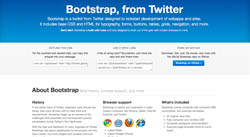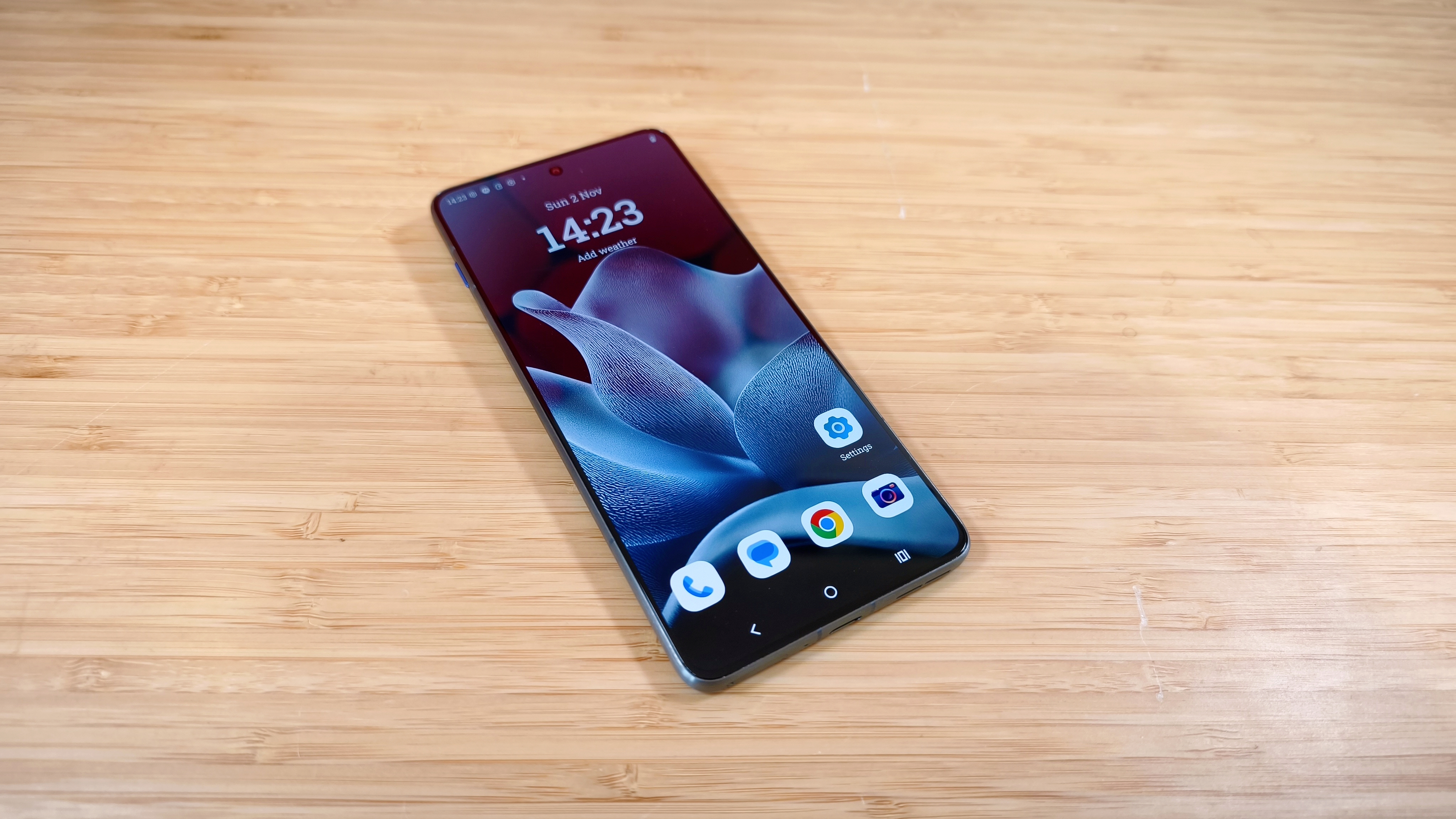Developers respond to Bootstrap

Twitter has unveiled Bootstrap, a toolkit "designed to kickstart development of webapps and sites", and it includes "base CSS and HTML for typography, forms, buttons, tables, grids, navigation, and more".
Designer Mark Otto says that while other libraries exist, Bootstrap differentiates itself because it "features a small footprint and a compelling visual design, which developers and designers can appreciate". He adds: "Plus, it's a brand new library with lots of potential, and it's open to the community so anyone can contribute to making it even better."
A major component is integration with LESS, which enables you to use variables, mixins, and functions in your CSS. However, LESS developer Alexis Sellier downplays that aspect of Bootstrap in favour of other elements: "Bootstrap is great because it's more of a UI toolkit than similar projects. It lets you quickly create site designs from scratch, by providing all the necessary UI components, instead of just being a grid system, or just providing a library of mixins."
Entrepreneur Ryan Carson is also a fan, believing Bootstrap to be "a huge time- and headache-saver for front-end devs and designers. The form and pop-over styling are especially useful and well designed." However, not everyone's convinced; designer and front-end developer Ryan Taylor worries that there are now too many frameworks and considers this aspect of the industry saturated. "For someone new to front-end development, I fear what started out as good intentions now only causes additional confusion," he thinks. Taylor's also unhappy with some of Bootstrap's output: "On looking through the CSS, it's laced with class names like '.row .span2' and '.container-fluid', which isn't semantic. When the big boys like Twitter dish this stuff out for everyone to use, they're condoning poor semantics for convenient styling and that is damaging to the industry."
What are your thoughts about Bootstrap? Do you use similar toolkits and how do they benefit your work? Let us know in the comments.
Daily design news, reviews, how-tos and more, as picked by the editors.

The Creative Bloq team is made up of a group of art and design enthusiasts, and has changed and evolved since Creative Bloq began back in 2012. The current website team consists of eight full-time members of staff: Editor Georgia Coggan, Deputy Editor Rosie Hilder, Ecommerce Editor Beren Neale, Senior News Editor Daniel Piper, Editor, Digital Art and 3D Ian Dean, Tech Reviews Editor Erlingur Einarsson, Ecommerce Writer Beth Nicholls and Staff Writer Natalie Fear, as well as a roster of freelancers from around the world. The ImagineFX magazine team also pitch in, ensuring that content from leading digital art publication ImagineFX is represented on Creative Bloq.
